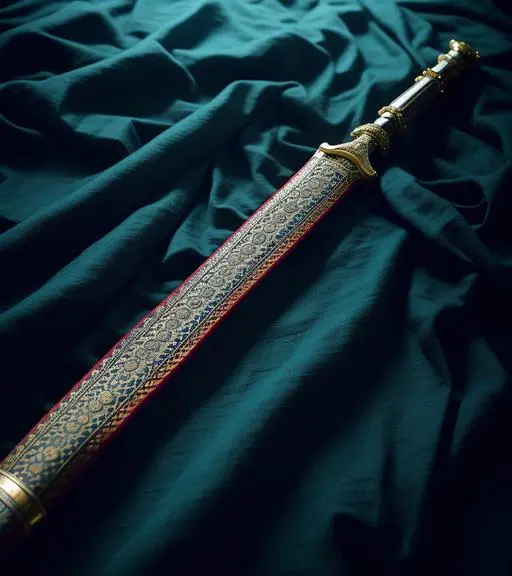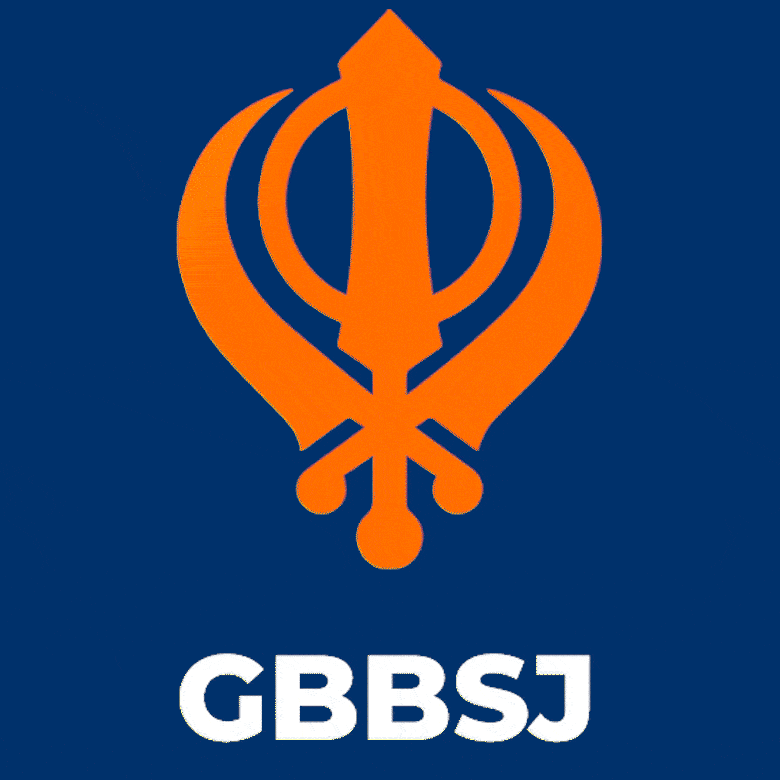
Inner Own Peace

of the Middle Way

for Everybody
The Five K's
The Five Ks (Panj Kakar) are five articles of faith that all baptised Sikhs (Amritdhari Sikhs) are required to wear at all times as commanded by Guru Gobind Singh. The 5 Ks date back to the creation of the Khalsa order in 1699 and serve as symbols of the Sikh identity.
The 5 Ks are

Kesh - Uncut hair.
Represents spirituality and holiness. Sikhs must not cut, trim or remove hair from any part of their body. Men and women typically tie turbans over their long hair and tuck hair into turbans. The turban is an important part of Sikh spirituality.
Kangha - A small wooden comb used to keep the hair tidy.
Represents cleanliness and order. Baptised Sikhs must keep the hair tidy and well-groomed. The kangha should be worn in the hair at all times if possible. It underscores the importance of maintaining cleanliness.


Kara - An iron or steel bracelet worn on the wrist.
Symbolises restraint from evil deeds. The kara signifies the commitment to righteousness, integrity and morality. It is worn to remind Sikhs of vows taken during the Amrit Sanchar initiation ceremony.
Kirpan - A short ceremonial sword.
Represents self-defense, protection of the weak, and fighting injustice. The kirpan emphasises a Sikh’s duty to come to the aid of those in peril. Sikhs must be prepared to defend themselves and protect others at all times.


Kachera - Specially made cotton underwear.
Signifies chastity, self-restraint and moral character. Wearing the kachera symbolizes a Sikh’s commitment to living a virtuous life free from lust, anger, greed, attachment and ego.
In addition to wearing the 5 Ks, baptised Sikhs must also abide by strict codes of conduct such as abstaining from alcohol, tobacco and drugs, not eating ritually slaughtered meat, and upholding high moral values.
The 5 Ks reinforce the Sikh values of honesty, compassion, courage and spirituality.
